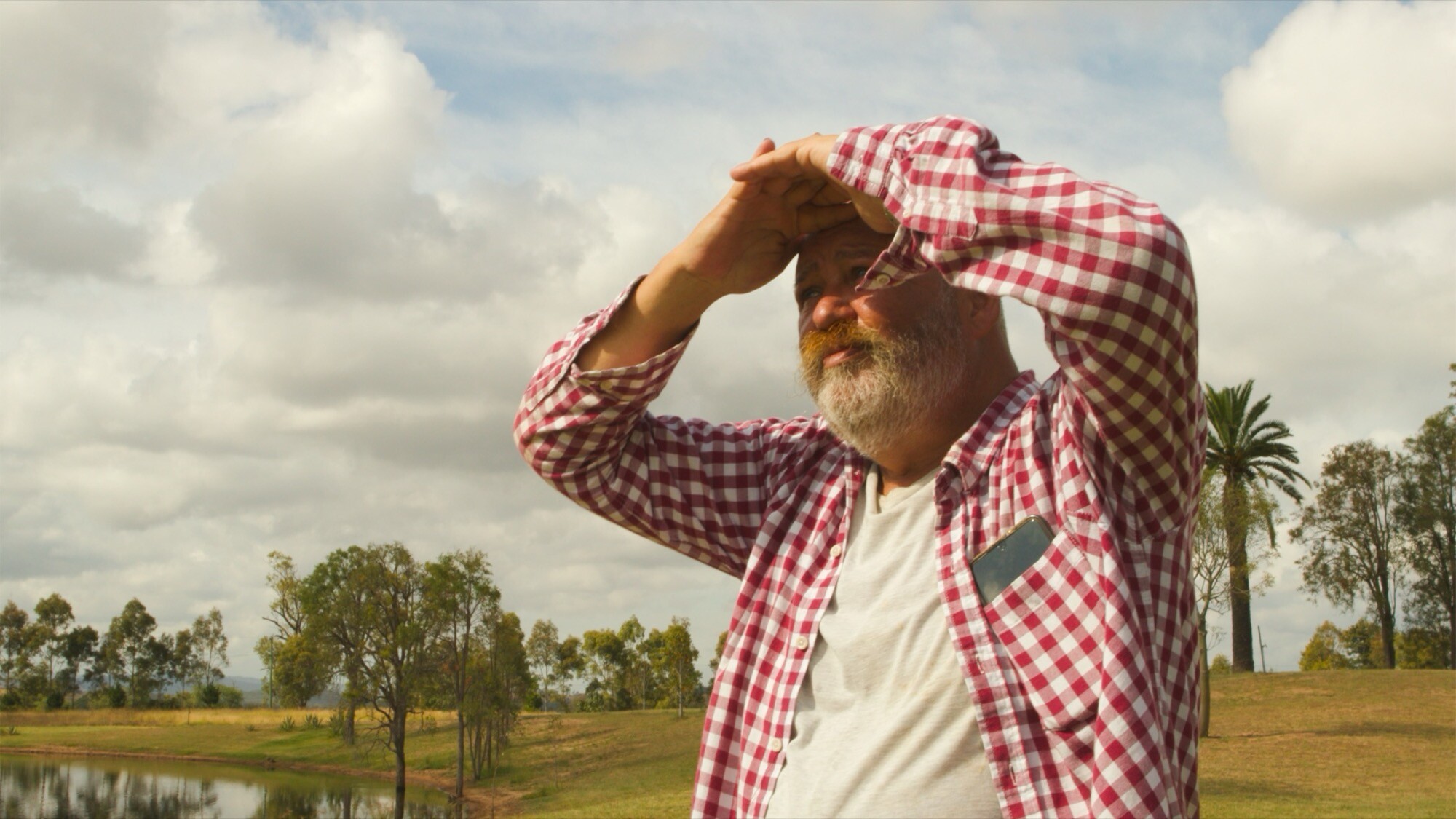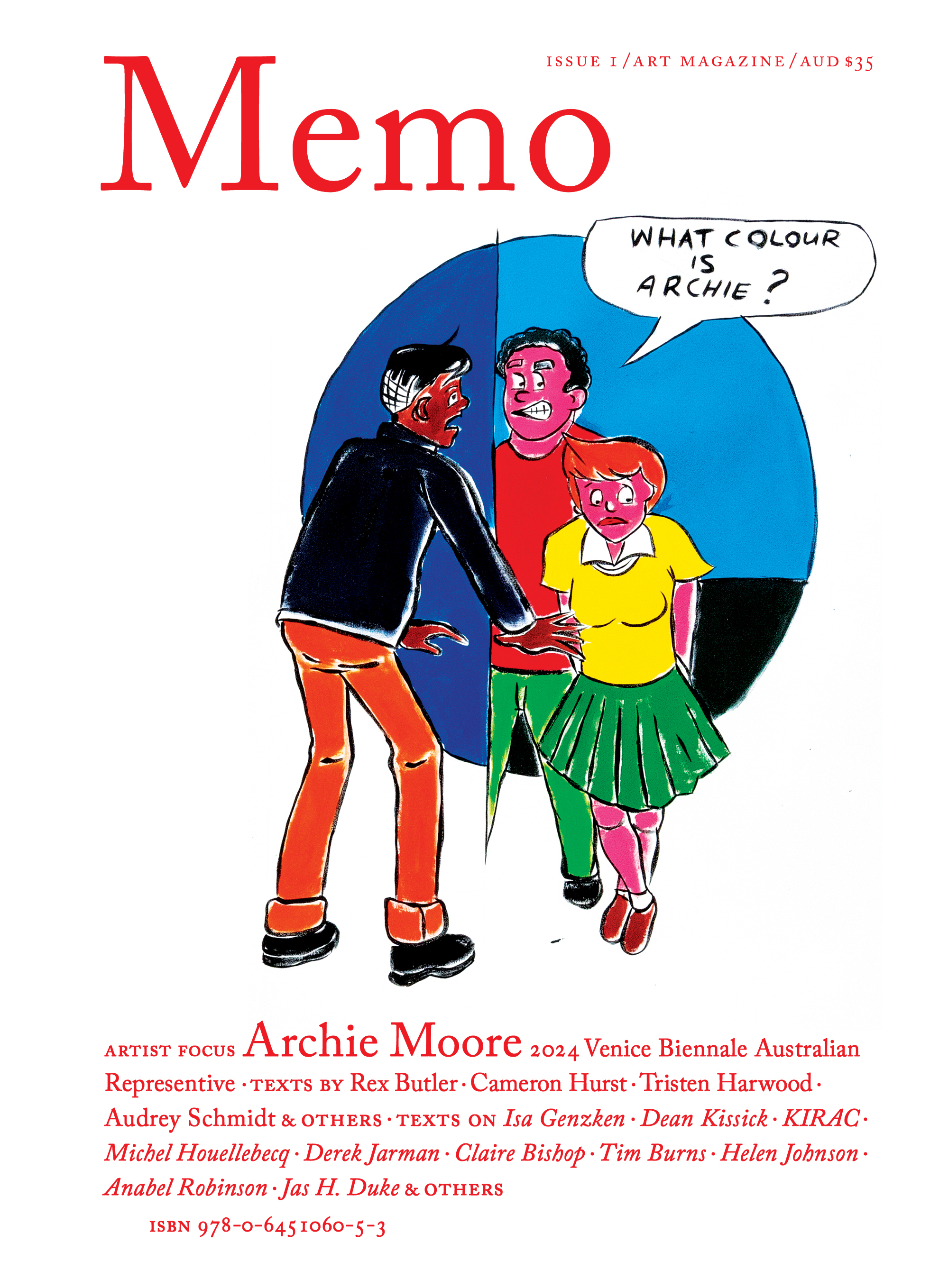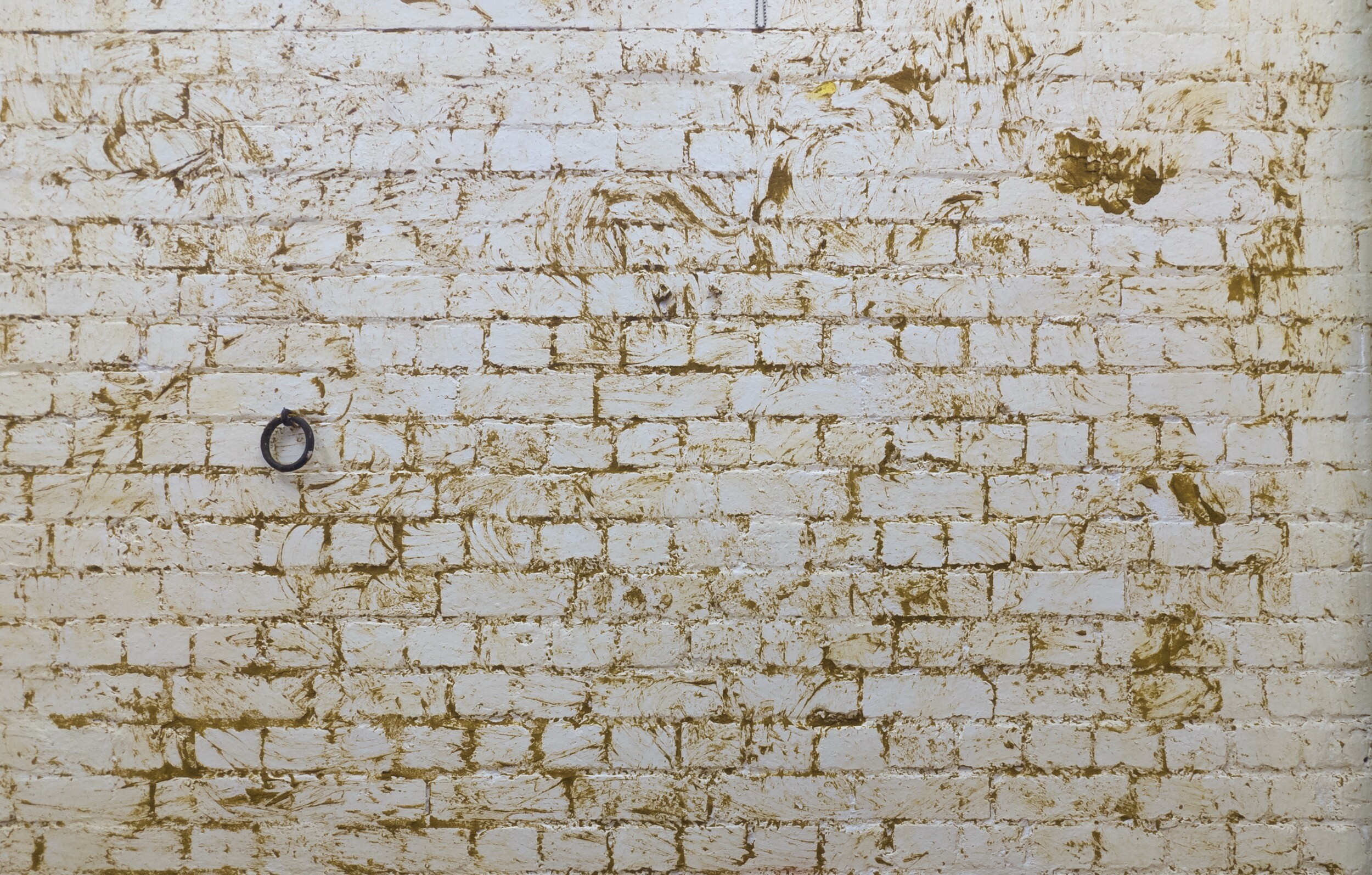Visions and Collisions: The Prophetic Work of Tim Burns
Tim Burns’s art blurs fiction and reality, often staging disasters before they happen. His 1972 Ghost Train redesign eerily foreshadowed the 1979 Luna Park fire, just as his 1977 film Why Cars? uncannily prefigured 9/11. Through rupture, collision, and shock, Burns’s work remains less prophetic than provocatively attuned to history’s unfolding disasters.
By Aimee Dodds
Issue 1, Summer 2023/24
My master through his art foresees the danger.
– The Tempest, Act Two, Scene One.
Disaster is experienced collectively, surpassing an individual’s personal coping mechanisms. Art too is a shared experience that goes beyond the individual. Yet the parallel between disaster and art is not straightforward. Art struggles to faithfully capture disaster in its full intensity. As art historian Griselda Pollock has explained, tragedy is both “too horrific” to articulate and “too fascinating” to fully repress. Pollock suggests traumatic events defy representation because “their atrocity or extremity are without historical precedent.” But what about artworks that prefigure atrocity — that seemingly predict disaster? Can artworks truly possess such foreboding power? The work of Western Australian artist Tim Burns (b. 1947) could lead one to believe so.
Exclusive to the Magazine
Visions and Collisions: The Prophetic Work of Tim Burns by Aimee Dodds is featured in full in Issue 1 of Memo magazine.
Get your hands on the print edition through our online shop or save up to 20% and get free domestic shipping with a subscription.
Related
Artistic resistance, from Ai Weiwei to Archie Moore’s kith and kin, punctures the facades of power as Australia’s art institutions wobble between defending creative freedom and capitulating to a rising culture of control.



